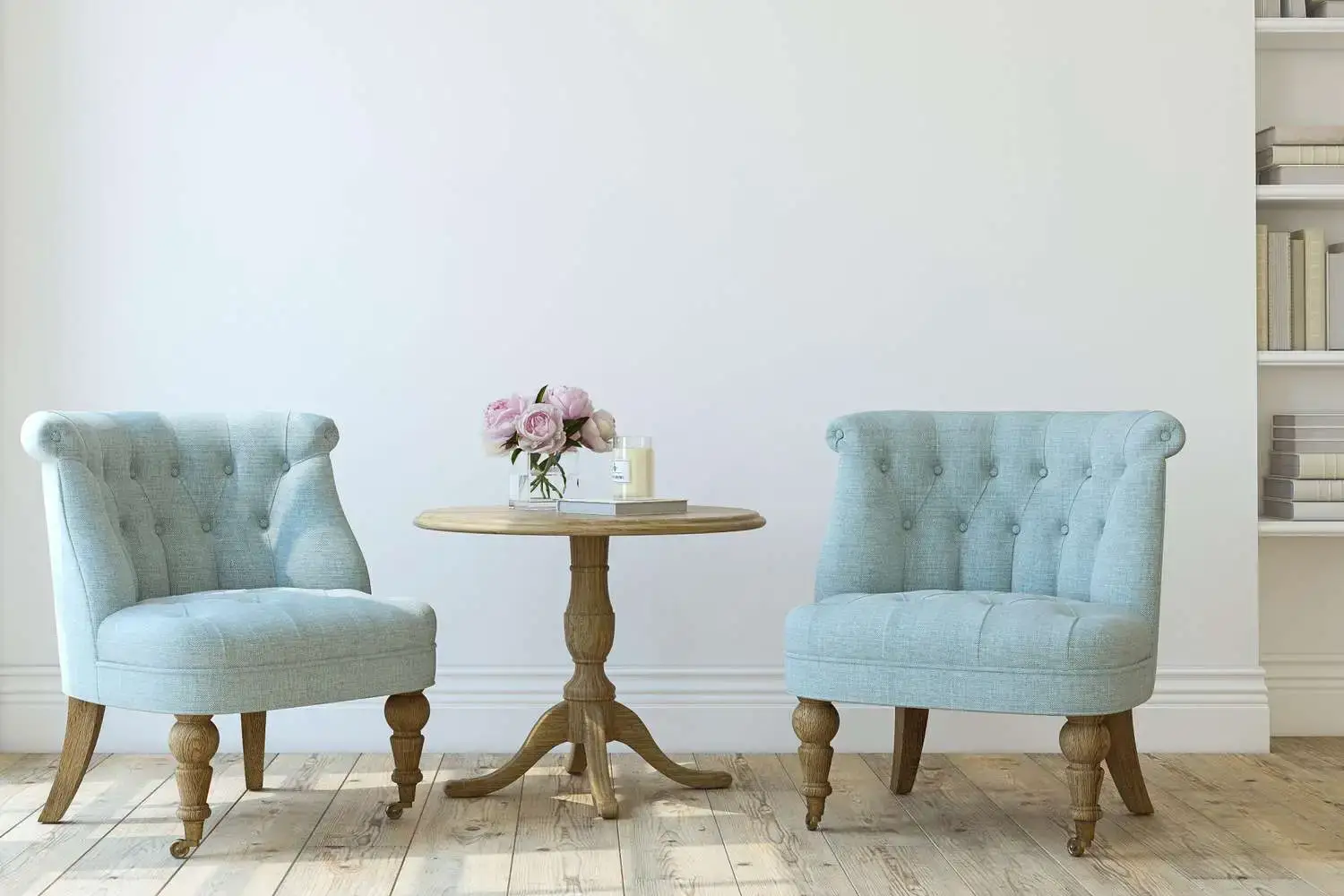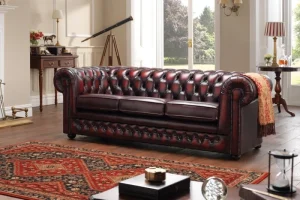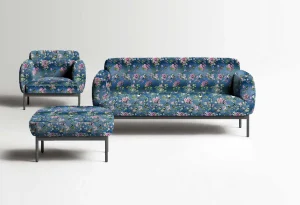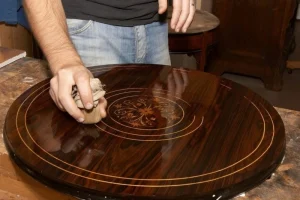Chairs play a significant role in our daily lives, providing comfort, functionality, and aesthetic appeal to our living spaces. However, over time, wear and tear can take a toll on your favorite chairs, leaving upholstery worn, faded, or damaged. But before you bid farewell to these well-loved pieces, consider the art of chair upholstery. Upholstering chairs not only breathes new life into them but also allows you to express your style and creativity. Chairs play a significant role in our daily lives, providing comfort, functionality, and aesthetic appeal to our living spaces. However, over time, wear and tear can take a toll on your favorite chairs, leaving upholstery worn, faded, or damaged. But before you bid farewell to these well-loved pieces, consider the art of chair upholstery. Upholstering chairs not only breathes new life into them but also allows you to express your style and creativity. In this blog post, we’ll delve into the world of chair upholstery, exploring the process, materials, and design possibilities that can transform your seating in style. In this blog post, we’ll delve into the world of Chair Upholstery, exploring the process, materials, and design possibilities that can transform your seating in style.
What Is Chair Upholstery?
Chair upholstery is the process of re-covering or repairing the fabric or padding of a chair’s seat, backrest, and sometimes arms. It involves removing the existing upholstery, addressing any structural issues, and then applying new fabric, padding, and trim to create a refreshed and visually appealing chair. Upholstery allows you to not only revitalize your chairs but also customize their appearance to match your decor and personal style. Whether you’re preserving cherished pieces, looking for a cost-effective furniture solution, or seeking to reduce environmental impact, chair upholstery offers a world of possibilities for transforming your seating in both function and style.
Why Choose Chair Upholstery
- Preservation of Cherished Pieces: Upholstering allows you to preserve the sentimental and aesthetic value of chairs with sentimental or antique significance. Instead of parting with chairs that hold special memories or have unique design features, upholstery gives them a new lease on life, ensuring they remain an integral part of your home.
- Cost-Effective: Reupholstering chairs is often more cost-effective than purchasing new ones of similar quality. High-quality furniture can be expensive, and by refurbishing your existing chairs, you can achieve a fresh and updated look without breaking the bank.
- Customization: Chair upholstery opens doors to a world of design possibilities. You can choose from a vast array of fabrics, colors, and patterns to match your decor and personal style. This customization allows you to create chairs that are truly unique and tailored to your preferences.
- Environmental Benefits: Upholstering existing chairs is an eco-friendly choice as it reduces waste and the demand for new furniture production. By extending the lifespan of your chairs, you contribute to a more sustainable and environmentally conscious approach to furniture.
- Quality and Comfort: Many older chairs have sturdy frames and well-crafted structures that may outlast their original upholstery. By reupholstering, you can maintain the quality and comfort of these chairs while giving them a fresh, updated appearance.
- Design Continuity: Upholstering allows you to maintain design continuity in your home. If you have a set of chairs that you love but the fabric has worn out or no longer matches your decor, reupholstering them ensures they remain consistent with your overall interior design.
In summary, choosing chair upholstery is a practical, cost-effective, and environmentally responsible way to refresh and revitalize your chairs. It allows you to preserve cherished pieces, customize their appearance, and contribute to a sustainable approach to furniture maintenance—all while enjoying the comfort and style of refreshed seating.
The Chair Upholstery Process
The chair upholstery process involves several essential steps to transform your seating into a refreshed and stylish piece of furniture. Here’s an overview of the key stages in chair upholstery:
- Assessment:
- Begin by assessing the condition of your chairs. Identify areas that require repair or replacement of upholstery, foam padding, or springs.
- Take note of any structural issues, loose joints, or damaged frames that need attention before proceeding with upholstery.
- Stripping:
- Carefully remove the existing fabric, taking note of how it was attached and the order of removal. You may need to remove staples, tacks, or adhesives to access the chair’s frame and padding.
- Repairs:
- Address any structural issues identified during the assessment stage. This may involve tightening loose joints, reinforcing the frame, or replacing damaged components.
- Ensuring the structural integrity of the chair is essential for safety and long-term durability.
- Padding and Support:
- Evaluate the condition of the existing padding. Depending on your comfort preferences, you may choose to replace or add foam padding to the seat and backrest.
- Select the appropriate foam thickness and firmness to achieve the desired level of comfort and support.
- Fabric Selection:
- Choose a fabric that suits your design vision and the chair’s intended use. Upholstery fabrics vary in durability, texture, and pattern.
- Consider factors like color, pattern, texture, and how well the fabric complements your overall decor.
- Cutting and Stitching:
- Cut the selected fabric to the appropriate size and shape, ensuring it aligns with the chair’s contours.
- Stitch fabric pieces together as needed, such as creating tailored seams for a neat fit.
- Upholstery:
- Attach the new fabric to the chair’s frame and padding. This can be done using staples, tacks, or upholstery adhesive.
- Ensure the fabric is stretched evenly and tightly to avoid wrinkles or sagging.
- Finishing Touches:
- Add trim, welting, or decorative elements to enhance the chair’s appearance. These details can provide a polished and custom look.
- Trim any excess fabric carefully for a clean and professional finish.
The chair upholstery process requires attention to detail and craftsmanship, and each step contributes to the overall quality and appearance of the finished chair. By following these stages, you can transform your chair into a stylish and comfortable piece that complements your decor and provides years of enjoyment.
Design Possibilities
Chair upholstery offers endless design possibilities, allowing you to create seating that matches your decor, expresses your personal style, and makes a statement. Here are some design avenues to explore when reupholstering chairs:
- Classic Elegance:
- Opt for timeless, solid-colored fabrics like neutral tones or rich deep hues. This choice exudes sophistication and pairs well with traditional or formal interiors.
- Bold Statements:
- Experiment with vibrant colors, bold patterns, and eye-catching textures to make a striking style statement. Bold upholstery can instantly transform a chair into a focal point in your room.
- Mix and Match:
- Combine different fabrics on different parts of the chair. For example, use a patterned fabric for the seat and a coordinating solid color for the backrest. Mixing and matching fabrics can add depth and visual interest.
- Texture Play:
- Explore a variety of textures, such as plush velvet, supple leather, or luxurious silk. Textured fabrics not only provide visual appeal but also tactile comfort.
- Contrasting Details:
- Use contrasting piping, trim, or welting to highlight the chair’s contours and edges. Contrasting details can provide a tailored and finished look to the upholstery.
- Patterned Fabrics:
- Select upholstery fabrics with patterns, such as stripes, florals, or geometrics. Patterns can add personality and character to your chairs and create visual interest in your space.
- Monochromatic Schemes:
- Stick to a monochromatic color scheme by choosing different shades of a single color. This creates a cohesive and harmonious look, especially in minimalist or contemporary interiors.
- Vintage Revival:
- Give new life to antique or vintage chairs by choosing fabrics that are reminiscent of the era in which the chair was made. This approach can preserve the chair’s historical charm.
- Nature-Inspired Themes:
- Explore fabrics with nature-inspired motifs, such as botanical prints or animal patterns. Nature-themed upholstery can bring a touch of the outdoors into your interior space.
- Custom Embellishments:
- Consider custom embellishments like decorative nailhead trim, tufting, or embroidery to add a unique and personalized touch to your chairs.
Remember that the design possibilities are limited only by your imagination and the available fabric choices. Chair upholstery allows you to create seating that not only serves a functional purpose but also becomes a reflection of your individual taste and style preferences. Whether you prefer timeless elegance, bold and contemporary aesthetics, or a mix of styles, upholstery empowers you to transform your chairs into pieces of art that enhance your home’s decor.
Conclusion
Chair upholstery is an artful and transformative process that breathes new life into your seating while allowing you to express your style and creativity. Whether you’re looking to preserve cherished pieces with sentimental value, seeking a cost-effective alternative to purchasing new furniture, or embracing an eco-friendly approach to home decor, chair upholstery offers a wealth of benefits.
By understanding the chair upholstery process—from assessment and repairs to selecting fabrics and design possibilities—you can revitalize your chairs and make them integral elements of your interior design. The ability to customize your chairs with a wide range of fabrics, colors, and patterns enables you to create unique and personalized pieces that elevate the ambiance of your home.
Ultimately, chair upholstery is more than a practical restoration—it’s an opportunity to infuse your living spaces with comfort, style, and character. It allows your chairs to become not just functional furnishings but also artistic expressions of your taste and personality. So, before you bid farewell to your beloved chairs, consider the art of chair upholstery, where craftsmanship meets creativity, and seating is transformed in style.






